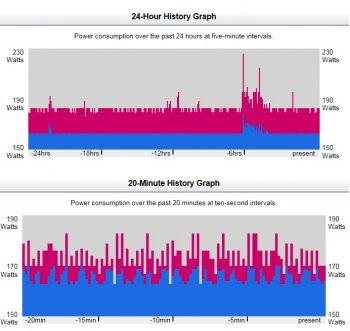Where can I go to learn about these things? I've had no luck at the Apple Stores. I'm wondering specifically about virtualization and serviceability.
There are is a bunch of fairly basic information regarding VMware's ESXi 5.5u2 and 6 supporting the MacPro, including ESXi 6.0 supporting the MacPro OOTB, but it is still early so the information is spotty and not always accurate, and additionally, VMware usually releases a bunch of patches and updates so things are ever changing and two-week old information may not be accurate currently.
With regards to serviceability, I'd love to buy a couple (two or three) barebones MacPro's and buy the CPU/RAM/Graphics myself --but I know that is not possible. As an alternative, I would like to purchase a couple base model MacPro's and upgrade them myself. How do I find out about things like the form factors and exact interface specifications of the SSD and GPUs as well as if the CPU is considered serviceable (as it is not marked "User Accessible") on Apple's website? Further, does Apple ever do BIOS updates or OS releases/patches which allow for larger memory modules to be used --or is the max of 4x16GB memory modules a hardware limitation?
I am researching whether the MacPro would be a suitable alternative to other machines I am considering as ESXi hosts. They would have one and only one purpose as ESXi development or lab machines in a non-rack environment, to replace tower (non-rack) servers running dual Westmere CPUs. The current servers are several years old and starting to experience failures such as power supplies, motherboards and RAID controller cards.
Thanks for any pointers or information.
There are is a bunch of fairly basic information regarding VMware's ESXi 5.5u2 and 6 supporting the MacPro, including ESXi 6.0 supporting the MacPro OOTB, but it is still early so the information is spotty and not always accurate, and additionally, VMware usually releases a bunch of patches and updates so things are ever changing and two-week old information may not be accurate currently.
With regards to serviceability, I'd love to buy a couple (two or three) barebones MacPro's and buy the CPU/RAM/Graphics myself --but I know that is not possible. As an alternative, I would like to purchase a couple base model MacPro's and upgrade them myself. How do I find out about things like the form factors and exact interface specifications of the SSD and GPUs as well as if the CPU is considered serviceable (as it is not marked "User Accessible") on Apple's website? Further, does Apple ever do BIOS updates or OS releases/patches which allow for larger memory modules to be used --or is the max of 4x16GB memory modules a hardware limitation?
I am researching whether the MacPro would be a suitable alternative to other machines I am considering as ESXi hosts. They would have one and only one purpose as ESXi development or lab machines in a non-rack environment, to replace tower (non-rack) servers running dual Westmere CPUs. The current servers are several years old and starting to experience failures such as power supplies, motherboards and RAID controller cards.
Thanks for any pointers or information.


